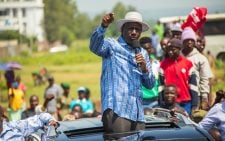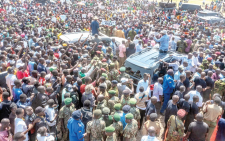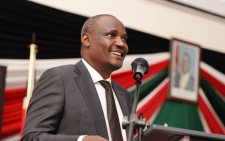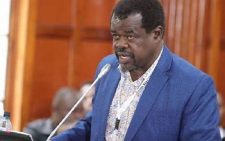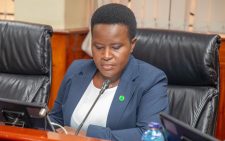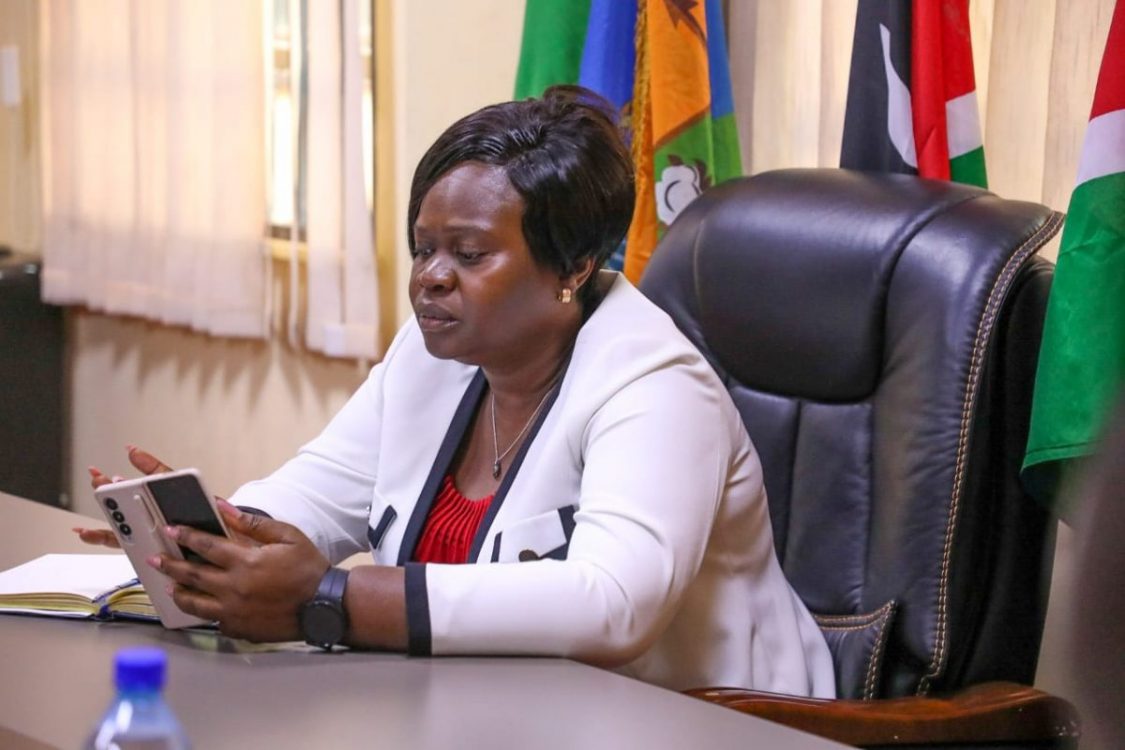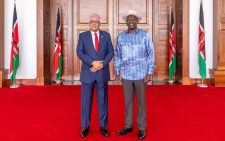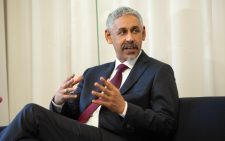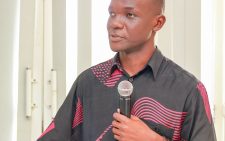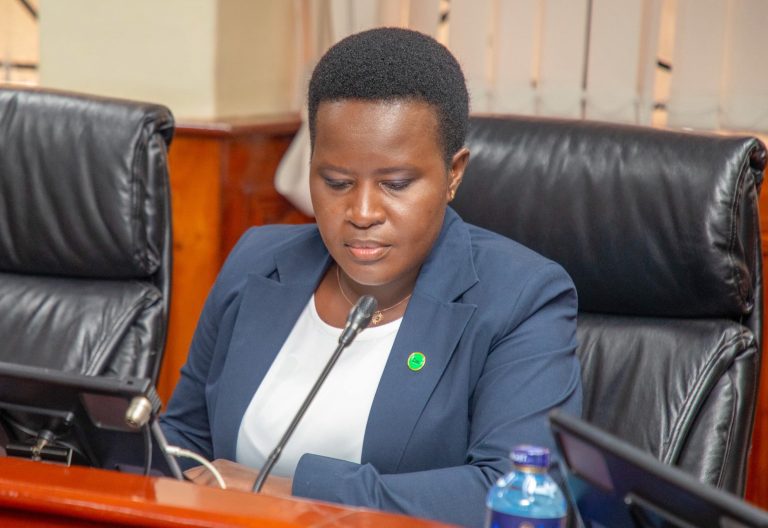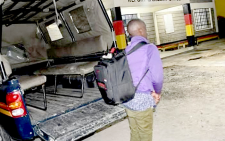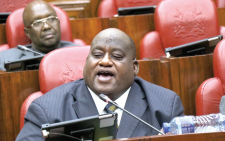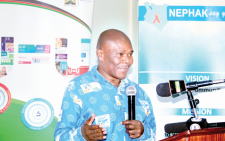Ramogi Hill’s pride of place in Luo folk history
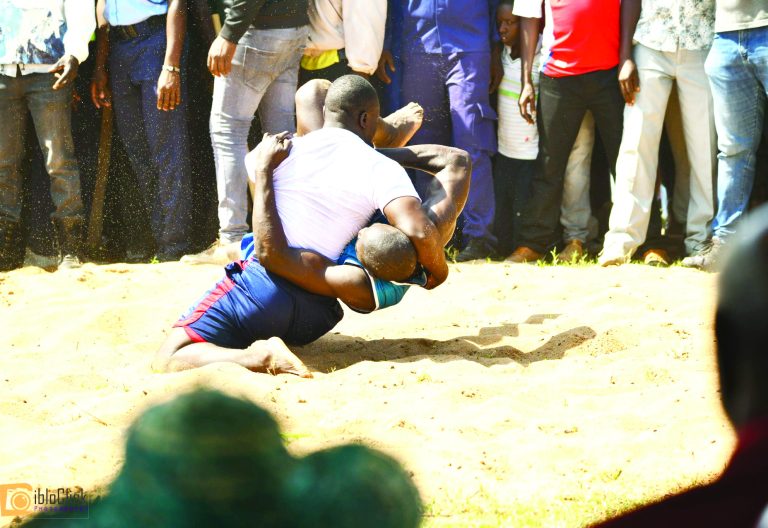
Former Prime Minister Raila Odinga has reiterated Got Ramogi’s place as a shrine for the Luo, highlighting its historical significance as the settlement point for the community coming from the South of Sudan.
Speaking at the Migwena Cultural Festival, Raila noted that Ramogi Hill serves as a unifying symbol for members of the Luo community across Siaya, Kisumu, Migori and Homa Bay.
Raila said various groups, including the Padhola, Aluru and Shiluk, also passed through the hill, contributing to the cultural hybrid that defines the community today.
The Joka Jok were among the first groups to settle there around 800 years ago, establishing homes that still hold cultural importance.
The former premier pointed out notable features of the hill, such as Kar Dhiang, which has rocks resembling cattle, and pong, a pair of stones used by Ramogi for grinding flour.
Community heritage
Raila’s address reinforced the importance of preserving and respecting Ramogi as a vital part of Luo heritage.
The former premier said that the Padhola, Aluru and Shiluk also passed through the hill and they stayed in Kenya as a hybrid lot.
“The first groups that landed at Got Ramogi 800 years ago are Joka Jok, they lived in the border of (current) Uganda and South Sudan,” said Raila adding that Ramogi established his home on the hill and houses were evident.
The hill has houses for Kisumu, Homa Bay, Siaya and Migori.
Raila who was addressing thousands of Luos at Migwena grounds said Ramogi hill is characterised with features that signify how Ramogi, the father of Luo tribe, lived.
He cited Kar Dhiang that has some rocks that resemble the shape of a cow and it’s believed it’s a place that Ramogi grazed his cattle.
It also has pong (a big stone and a smaller one), which was used by Ramogi to grind flour in the ancient days.
This year, the annual Migwena Cultural Festival was organised under the theme ‘Luo Unity in Diversity and in Diaspora’. It aims to bring together members of the community from around the world.
Raila welcomed the guests to the festival and urged them to visits all sites including Wich Lum that hosts boat race competitions, Pap Kopondo, which is full of exhibitions rich with artefacts and foods and Jaramogi Oginga Odinga University of Science and Technology that hosts another exhibition stands.
The former premier at the same time tickled the audience when he explained the importance of Migwena grounds, which hosts sports annually. Raila revealed that it was place where his mother and father met during a sports day, agreed to stay together and he was a product of the union.
He told the guests how his father admired the athletic skills that his mother demonstrated at Migwena grounds and sought audience with her.
“As family of Odinga, we value the Migwena Grounds because if the union was not there, we would have not been born,” said Raila adding that her mother defeated all athletes in the 100 metres and 200 metres races respectively.
Raila was accompanied by his wife Mama Ida Odinga, who asked the community to unite and focus on agendas that will help uplift one another for the region to grow and thrive economically.
“A time is also coming when the Piny Luo festival will be hosted abroad. We have visitors from the Diaspora that would like the event be shifted to their countries and we must prepare to go and celebrate,” she said, in keeping with the theme.
She urged members of the community to go back to the drawing board and identify strategies that, if embraced, will bring them together.
Ida noted that discrimination, clannism and political stances are factors that shouldn’t separate the Luo.
“Any Luo can have a political stand but one must remember that he is a Luo,” Ida added.
She further insisted that Luos who abandoned Raila and joined the ruling government before the broad-based government should take a back seat if they are embraced back in ODM party.
“We welcome all leaders who abandoned Raila back to the party but they should be ready to take back seats. They shall be prioritised for positions once members have been sorted,” said Ida.
Ida also asked them to invest in their children’s education for the region to retain professionals, noting that if they didn’t educate their children, there will no longer be professionals that replace the current aging ones.
“It pains me to hear that Kenyans have resorted to buying degree papers instead of embracing proper education,” she said.
Siaya governor James Orengo welcomed those present to the county for the fourth edition of the festival.
“The Luo Nation from Kenya, Uganda, South Sudan, Ethiopia, Tanzania and DRC are in Siaya,” he said.
Orengo emphasised the symbolic nature of cultural identity, highlighting that culture is dynamic and evolves over time. During cultural festivities, he noted, communities have the opportunity to showcase their unique traits and heritage, reinforcing their identity and unity.
These events serve as a platform for celebrating traditions while also adapting to contemporary influences, the governor added.
Homa Bay governor Gladys Wanga said participants will trace their roots and reflect on their journey. She added that they will also develop strategies to strengthen unity and enhance sociocultural and socioeconomic prosperity within the community.
